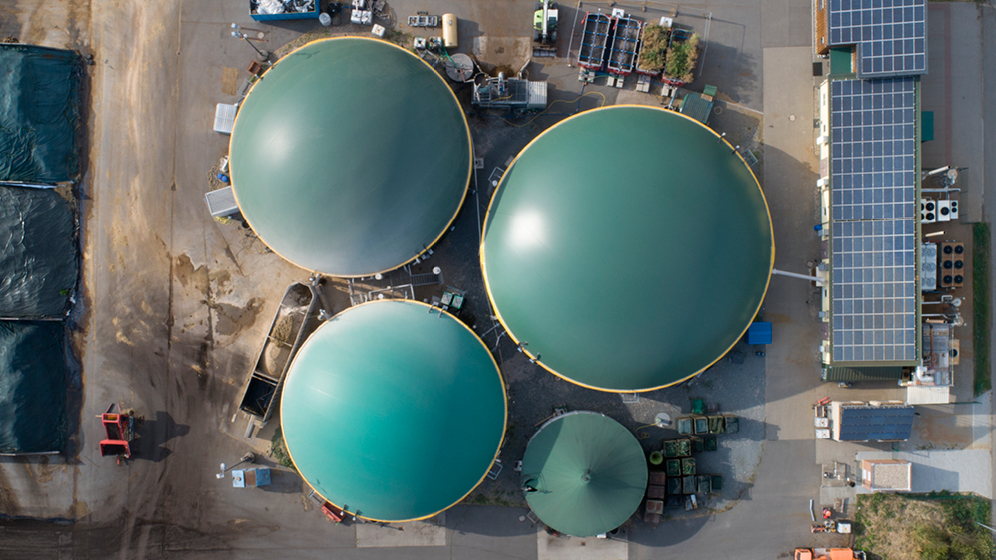We anticipate that 2022 will be yet another year of significant change on the climate front, therefore the energy transition and net-zero will be core to our engagement.
Editor’s note: This article first appeared in our 2022 Focus List.
The UN’s Intergovernmental Panel on Climate Change produced a report detailing in no uncertain terms the urgency of the problem; the International Energy Agency’s Net Zero by 2050 report outlined the potential pathways we might take to avoid the worst impacts of a changing climate; and COP26 brought a raft of new national and global commitments and targets aligned with a net-zero future. Against this backdrop we witnessed the rise of the net-zero agenda as it dominated the climate-related discourse for investors and corporations alike—and NEI was no exception.
In 2021 we published our climate strategy, which builds on our decade-plus of work on climate and represents our commitment to leverage our investment portfolio to help meet the global goal of net-zero greenhouse gas emissions by 2050. Climate-related disclosure will continue to be a foundational element of our engagements, in addition to our focus on two key sub-themes:
- Net-zero commitments and transition plans
- Circularity
Net-zero commitments and transition plans
As outlined in our climate strategy, our goal is to align our portfolio with a 2050 net-zero trajectory and make a meaningful contribution to the achievement of a net-zero future. That means continuing to lean into our dialogues with portfolio companies to drive real-world emissions reductions. We are working toward building on the successes we had in 2021, with the aim of materially advancing the number of companies in our portfolio that have set a target for net zero by 2050, and/or have an ambitious medium-term commitment. We will seek to ensure there are robust short- and mid-term targets that support the long-term goal of net zero, and that those targets are science-based.
Our parallel aim in 2022 is to drill down on how companies plan to meet their targets—in other words, what is their transition plan? This will look different for each sector and indeed for each company, but there will be some common strategies we intend to encourage.
Companies where Scope 3 emissions constitute a material aspect of their footprint (that is, the emissions associated with the use of their product or, in the case of retailers, in their upstream supply chain) will be expected to monitor, report, and ultimately act to reduce their Scope 3 emissions. Companies with large vehicle fleets will be expected to transition them to zero-emission alternatives, other companies might need to support the growth of renewable energy, and utilities will be expected to have tangible plans to ramp up their production of zero-emission energy.
We expect the oil and gas sector to address methane emissions, through the adoption of best practices in monitoring such as those outlined in the Oil & Gas Methane Partnership 2.0, and through comprehensive abatement strategies. Likewise, companies relying on the use of carbon capture, utilization, and storage will need to show capital spending plans and tangible projects that will make this strategy real. Compensation packages for executives should be tied to the success of meeting climate commitments.
We will continue to work with other investors to leverage our collective strength through collaborations such as Climate Action 100+, where we will continue to co-lead two engagements and support five or six others, and the new Climate Engagement Canada, where we will lead or co-lead three engagements and support six others.
Circularity
We will be hard pressed to meet the Paris Agreement goal of net-zero emissions by 2050 through the current linear economic model. Our approach of harvesting natural resources, building items for use, and then throwing them away (or burning them) is already testing the limits of our ecosystem. It is not enough to build our way out of this challenge—electric vehicles and renewables alone is not the solution.
From an embedded carbon perspective, a linear economy is also counterproductive. The Ellen MacArthur Foundation estimates that 45% of the emissions we need to eliminate to reach net-zero by 2050 are associated with the embedded carbon in the production of materials, products, food, and management of the land.
A circular economic model will involve rethinking the design of products and their components to reduce resource consumption and the use of harmful chemicals, keeping them at their highest value for the longest period of time possible through durability, reuse, and repairability, and ultimately, regenerating natural capital. According to the Expert Panel on the Circular Economy in Canada, our economy today is only 6.1% circular.
The topic of circularity is only just beginning to surface for investors, and we will look to expand this conversation with companies and investors alike as we push companies to adopt more circular business models. Core to our approach will be our ongoing membership in Circular Economy Leadership Canada.
A key focus for our engagements will continue to be plastics circularity, where there is already significant momentum, as evidenced by the Canada Plastics Pact. We will be urging Canadian companies to join the Pact and embrace its ambitious goals of increasing recycling rates and recycled content for plastic packaging, and ensuring packaging is designed to be reusable, recyclable, or compostable.




